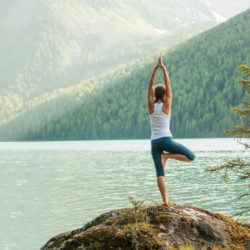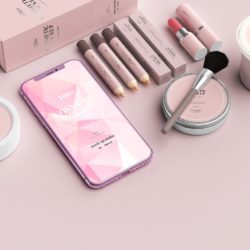People want to eat healthier, feel better and live longer. That desire has caused a boom in the global wellness market, which now garners almost $4 trillion dollars each year. The supplement industry alone contributes over $120 billion annually to the U.S. economy. Dominating everything from beauty to food to lifestyle, wellness is quickly becoming a trend that affects nearly all aspect of our lives. Even long-established and large brands are feeling the effects of this health and wellness take over, as innovative and new health brands emerge. Nestlé and Kraft both admitted that their growth was hindered in 2017 due to the growing demand for healthier options. This increase in demand and innovative solutions presents a unique opportunity for brands to gain a foothold in the market, but it also means that competition is becoming increasingly fierce. Consumers are bombarded with ads, videos, social posts, influencers telling them what to use, and more.
There are always new ways to interact with potential clients. Wellness marketers need to stay updated on the latest techniques to generate leads and build a connection through different marketing strategies. At Balzac, we’ve established a culture of balance. We believe that you need to nurture your body and spirit, as much as your body. We take that culture along with our decades worth of experience in marketing and public relations and apply that knowledge to our wellness clients.







